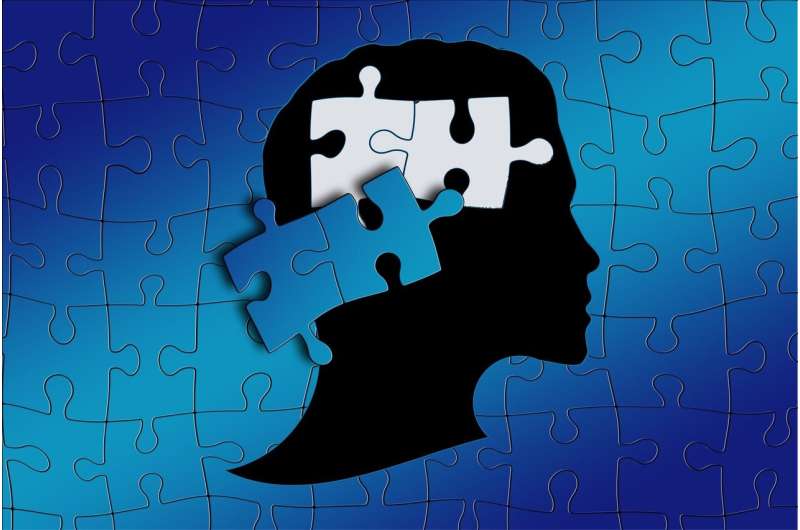New Research Reveals Deep Brain Regions Integrate Sensory Input to Trigger Consciousness

A groundbreaking Yale study reveals that deep brain regions like the midbrain and thalamus are activated by all sensory inputs during focused attention, linking them to consciousness and offering new insights into neurological disorders.
A recent study led by Yale University has uncovered critical insights into how the brain links all five senses to the state of consciousness. Published in the journal NeuroImage, this research demonstrates that multiple sensory inputs—vision, hearing, taste, and touch—activate shared subcortical brain regions, specifically the midbrain reticular formation and the central thalamus. These findings suggest that these deep brain areas play a pivotal role in controlling consciousness and attention.
In the study, scientists analyzed functional magnetic resonance imaging (fMRI) data from over 1,500 healthy adults engaged in 11 different tasks across various sensory modalities. The results revealed that when individuals shifted their focus sharply on sensory stimuli, activity in these deep brain regions intensified regardless of the sensory modality involved.
Lead researcher Aya Khalaf explained that the consistent activation of these subcortical structures across different senses was unexpected and underscores their importance in regulating not just awareness but also states affected by disorders like coma, epilepsy, and other consciousness impairments. The study also highlights the practical implications for treating attention deficits and arousal disorders, potentially guiding the development of targeted therapies and brain stimulation techniques.
Senior author Hal Blumenfeld emphasized that this discovery enhances our understanding of normal brain functioning and consciousness. The research marks a significant step forward, emphasizing that these central brain regions are crucial for integrating sensory information and could be key to restoring consciousness in clinical settings.
Overall, this study underscores the interconnectedness of sensory perception and consciousness and opens new avenues for neurological research and treatment strategies aiming to improve attention, awareness, and recovery in patients with impaired consciousness.
Source: https://medicalxpress.com/news/2025-05-deep-brain-regions-link-consciousness.html
Stay Updated with Mia's Feed
Get the latest health & wellness insights delivered straight to your inbox.
Related Articles
Study Finds Consistent Early Signs of Multiple Sclerosis Across All Demographics
New UK research demonstrates that early symptoms of multiple sclerosis, including neurological and mental health issues, appear uniformly across all ethnic and social groups years before diagnosis, highlighting opportunities for earlier detection and intervention.
Innovative Immune Boost Approach Enhances Cancer Defense Mechanisms
New research from Johns Hopkins reveals a novel approach to boosting the body's immune response against cancer by transforming tumor environments and promoting durable immunity, opening new avenues for effective cancer therapies.
Innovative AI Model Promises Reliable and Transparent Autism Diagnosis Support
A new AI-based model analyzes brain imaging data to support accurate and explainable autism diagnosis, promising faster assessments and improved outcomes.
Understanding the Impact of Severe Pregnancy Nausea: Emotional and Medical Challenges
A new Australian study reveals the serious physical and emotional effects of extreme pregnancy nausea, highlighting the need for better support and treatment options for women with hyperemesis gravidarum.



